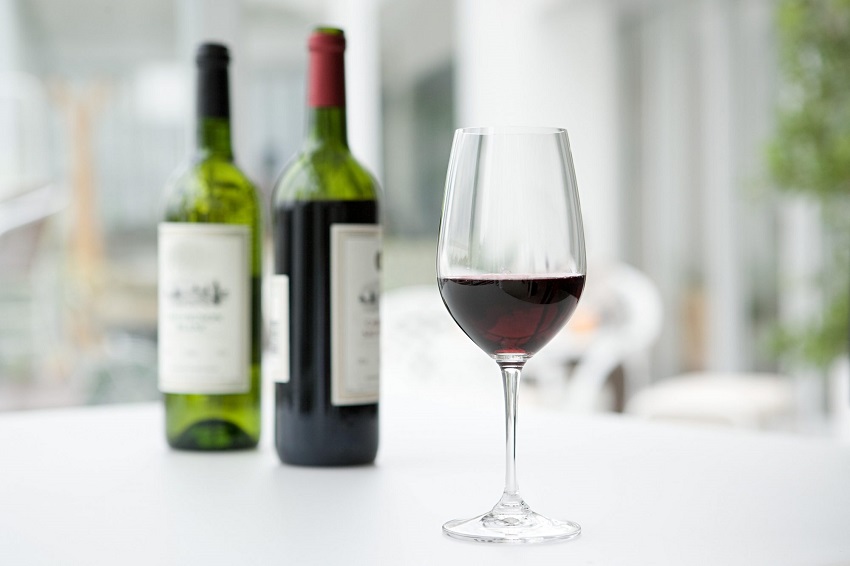
12 Dec Homemade red wine recipes, the best of all
For wine lovers, red wine is one of the best options to accompany red meats. With a dark garnet color and an intense flavor, this exquisite drink is made with a must of red grapes. There is a great variety of recipes, with sweet or bitter touches, but all of them are made with the same dedication. If you are passionate about enology and enjoy wine as much as we do, we recommend that you take a look at the Master in Wine and Spirits Making.
Classification Of Red Wine

Depending on the aging time in the barrel and in the bottle, red wine is classified as follows.
- Young or year: it has not spent enough time in the barrel to be considered aging.
- Aging: it has spent between six and twelve months in the barrel and has rested in the bottle for at least three years before being marketed.
- Reserve: it has spent at least one year in the barrel and, at least, four resting in the bottle.
- Gran Reserva: it has spent at least two years in the barrel and three in the bottle, and can be marketed after the sixth year. It is the most difficult grade, and only exceptional harvests make it.
How To Make Homemade Red Wine
In case you doubted it, anyone can make their own wine. However, it is important that you know the process and that you choose quality raw materials. We present you with a simple guide with which you will have no problem making your own wine.
The first step is to choose quality raw materials. Find a nearby vineyard and choose the right grape. The varieties of red grapes that we can get are Cabernet Sauvignon, Garnacha, Merlot, Monastrell, Tempranillo, Bonarda or Sangiovesse. For a liter of red wine, two kilos of grapes are usually recommended.
Crushed Grapes
The next step is to extract the juice from the grape, called must. The grapes can be crushed with a small press, a grinder, or with the treading of the grape. The latter is one of the most used traditional methods for quality artisanal wine. The fresh must ferment quickly and has to be controlled, don’t forget it.
Fermentation
For it to ferment, the must be placed in jars, darts, or demijohns. During fermentation, the solids from the crush must be present. In the production of wine, they must ferment together with grape juice, skins, and seeds, among others. This is because, in this way, it obtains better color, aroma, and texture. The fermentation temperature should not exceed 30ºC. The fermentation time, on the other hand, will depend on the volume to be fermented. One hundred liters of wine takes approximately two days to ferment.
To keep the wine clean of bacteria during fermentation, yeasts and nutrients are often used. Yeasts are responsible for transforming fructose into ethyl alcohol. Although the grape already has yeast, it is recommended to add more to control fermentation.
Clarification And Filtering
Once the fermentation is finished, the liquid is separated from the solids and the wine is filtered. Clarifiers are used to help filter and clean and are left to act for two or three days. Those currently used consist of bentonites and other products that do not alter the aroma of the wine. At temperatures below ten degrees, stabilization is achieved in less time, as well as more effective.
The wine must be filtered at least three times, with the graduation of filters from coarser to finer. The filters can be purchased in specialized stores or laboratories. Next, and being careful not to remove the deposits, the transfer is carried out to another jar.
Maceration
In the new vessel, it is important to let the wine rest with the barrel closed. Let it rest in a cool place without temperature variations, for a period of days equal to or greater than that of fermentation.
After the maceration time, we can bottle our red wine.
You may also be interested in The importance of wine at the table, and more!

Sorry, the comment form is closed at this time.